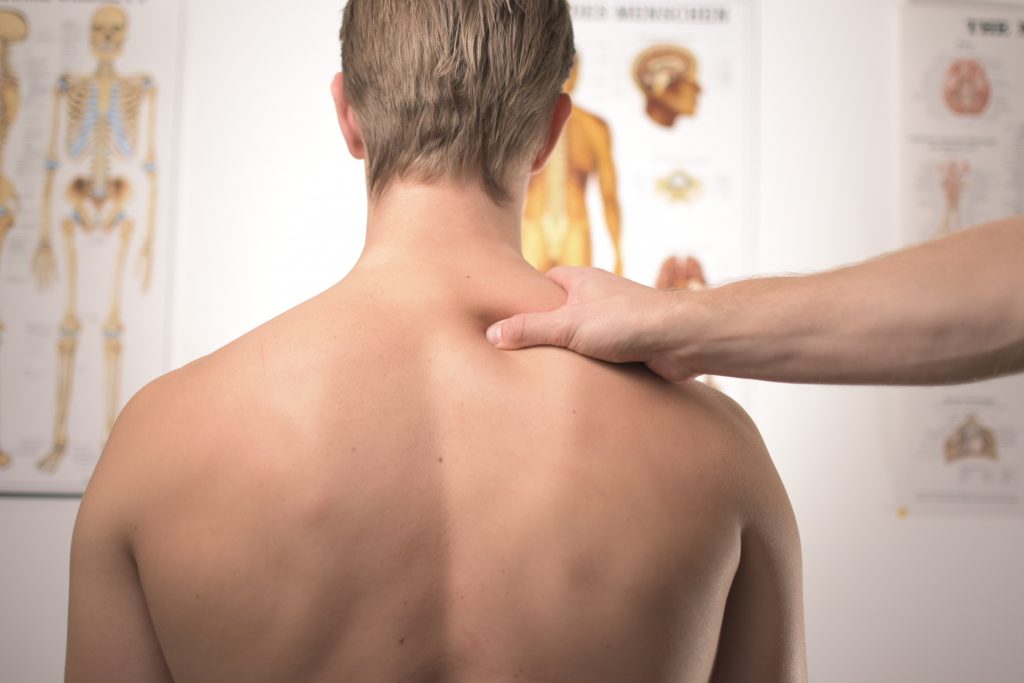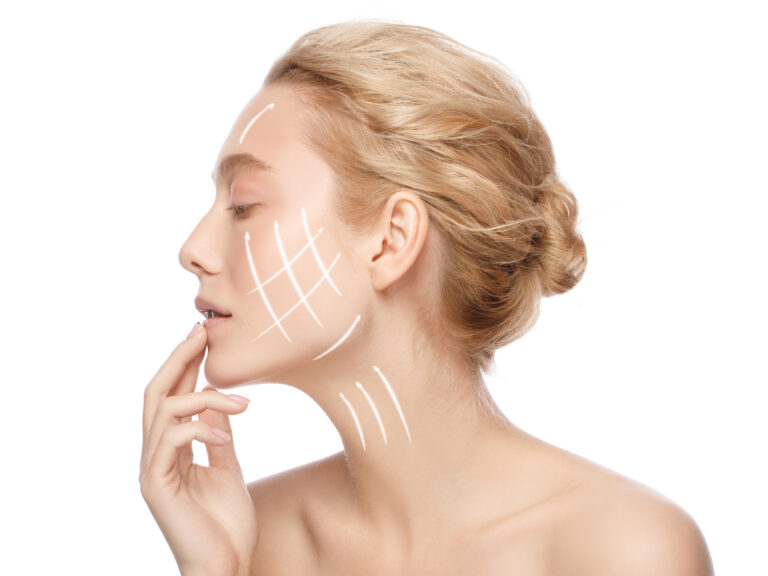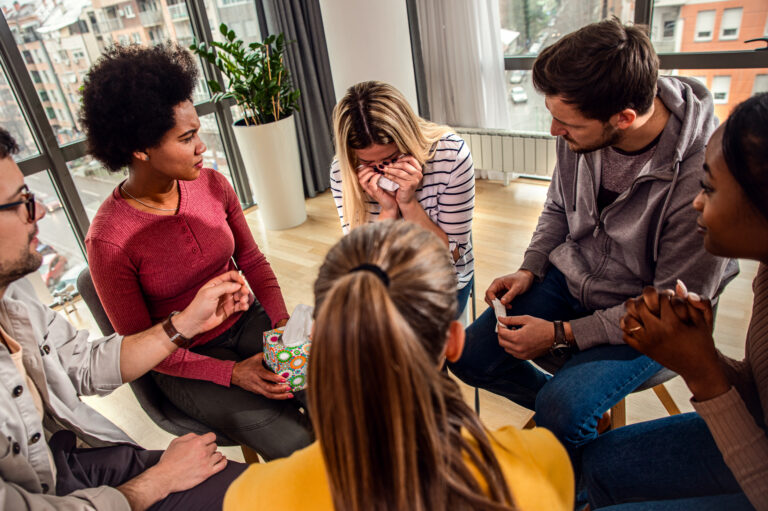Scoliosis is a condition that causes the spine to curve to the left or right, creating a C or S Shape. Scoliosis is fairly common, particularly in adolescents, with roughly three million new cases per year in the US. The spinal curvature is mostly known for distorting the ribs, but in reality, scoliosis can affect the entire body. Luckily, most cases are mild and exhibit few noticeable symptoms. Many people with scoliosis will never require treatment.
Still, it’s important to monitor new cases closely to ensure the spinal curve doesn’t worsen, as severe cases of scoliosis can be painful and disabling. The condition most frequently surfaces during the growth spurts shortly before puberty. Some forms of scoliosis may be caused by other factors like birth defects or cerebral palsy, but the cause for most cases is unknown.
Effects on the Skeletal System
Scoliosis has its most obvious effects on the spinal cord with the curvature and potential twisting, but it has an impact on the entire skeletal system. This can sometimes be seen in the shoulders in cases where they’re uneven, or one shoulder blade may appear larger than the other. Scoliosis can also cause one hip to rise higher than the other, and rotation of the spine may cause the ribs on one side of the body to stick out more than the other.
In addition to the mental and emotional stress these appearance changes can cause, those with scoliosis have an increased likelihood to suffer chronic back pain. Those with advanced symptoms of scoliosis are likely to alter their posture in an attempt to deal with imbalances, and they may even have difficulty with muscular development. These symptoms can make sitting and walking difficult, and complications can even lead to neurological issues that make it difficult to balance.
Respiratory and Digestive Complications
Scoliosis doesn’t just affect the skeletal system. If left to worsen, complications can become extremely hazardous to one’s health. Twisting of the spine can eventually cause the rib cage to put pressure on the heart, making it more difficult to pump properly. This pressure also applies to the lungs, so in extreme cases, scoliosis will result in breathing problems.
If scoliosis is allowed to progress, it can also cause digestive issues like increased risk for heartburn, stomach pains, and irritable bowel syndrome. The compression of organs can also make it difficult to digest food normally.
Treatment Options
The majority of scoliosis cases are mild and often won’t need to be treated with braces or surgery. For more complicated or advancing cases, however, there are some good options for scoliosis treatment. A brace is a common recommendation for children and adolescents diagnosed with scoliosis. Braces are frequently worn day and night, as their effectiveness increases the more hours they’re worn. Braces won’t reverse spine curvature, but they can often keep it from progressing, and they can be removed once bones stop growing.
For more advanced cases, there are surgical options. Doctors may want to investigate all possible causes of scoliosis before committing to surgical treatment, so beyond the common risk factors, they may also recommend body scans for cancer to see if the scoliosis is being caused by tumors.
Spinal fusion is the most common surgical treatment for scoliosis. During this procedure, two or more vertebrae are linked together, so they won’t be able to move independently. Bone-like material is typically placed between the vertebrae and held in place using screws or metal rods to ensure successful fusion. To reduce the risk of complications arising from surgery, the spinal cord is monitored using a variety of methods throughout the process. This includes monitoring electrical impulses in the legs and brain as well as monitoring muscle signals throughout the body.





